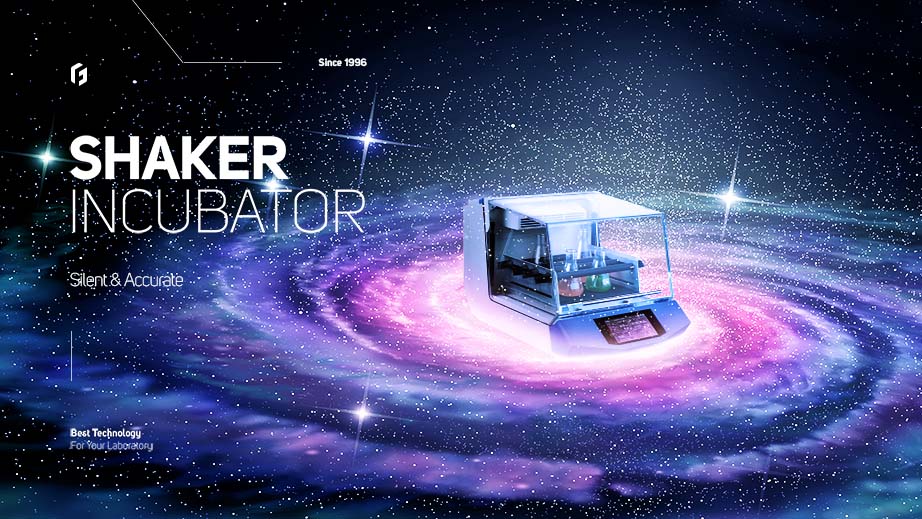What is a clean room?
If you are trying to create a clean room for your laboratory, this article is for you.
In general, clean rooms follow certain rules to help pharmaceutical manufacturers control environmental contamination, temperature, and sometimes humidity.
Clean rooms are usually used to protect pharmaceutical products or processes from human and environmental contamination.
You can use this resource for your research if you need a clean space to conduct your experiments.
If you know human and environmental pollution well and the principles of controlling it, you can think much better about creating a clean room.
- furniture
- Walls, floors, and ceilings
- Color and cover
- Building materials (sawdust, plaster, etc.)
- Air filter residue
- Room air and vapors
- Pores and holes
- tools
- Abrasive tools
- Tools that produce greenhouse gases
- Vibration tools
- Cleaning tools such as brooms
- Produced materials
- Silicone strips
- Quartz sheets
- The remains of the clean room
- Aluminum particles
- Human beings
- Oily skin
- Cosmetics and perfumes
- Clothing remnants such as fibers, cloth, wool, etc.
- wool
- Liquids and gases
- Particles floating in the air
- Bacteria, organic matter, and moisture
- Floor coverings and coverings
- Chemical detergents
- plastics
- deionized water

Cleanse: Main for pollution control.
- First, to clean a clean room, have a checklist and program.
- Define what clean means and know how it is measured.
- Specify the materials allowed to be used in the room.
- Have a specific schedule for cleaning and how often.
The architecture of clean rooms
You should know that the more closed the environment is, or the lower the airflow, the more likely contamination is because airflow can cause particles to move. Clean rooms are usually designed with several layers of air in the ceiling and walls, in which case the airflow is established uniformly at all points.
Levels
All surfaces should be smooth and impervious to dirt, moisture, and dust, and of course, they should be easy to clean.
door
All doors must be opened by pushing into the room unless the doors open or close automatically, and there is no need to push the door.
airflow
Ventilation and air flow purification are vital to keeping a CLEAN CLEAN ROOM. In general, you will need a more suitable airflow if you want a cleaner CLEAN ROOM.
High-efficiency air filter (HEPA)
In general, air filters that can filter materials with a size of 0.3 microns to at least 99% are suitable for clean rooms. In addition, be sure to pay attention to using additional filters to filter liquids and gases.
Work clothes for clean rooms
For working in clean rooms, face masks, gloves, and head covers are mandatory standards, which are important in the place of clean materials.
CLEAN ROOM personnel
Clean room personnel usually carry the highest risk of contamination. Particles in the air and microbes in the human body can increase pollution.
- All materials and equipment brought into the clean room must be completely sterilized before entering.
- Any material or device that enters the room must be approved in advance and have permission to enter the room, including gloves, clothes, pliers, and even writing tools.
- Everything that enters the clean room must be cleaned according to its standard. (means tools or containers)
- If you are not using a tool, do not put it directly on the table or chair; be sure to use a clean and approved cover for this.
- Personal items such as jewelry and keys should not be placed inside the room. If anything is left in the pocket, they should never be in the approved clothing in a clean room environment.
- If the user or staff of the room is physically ill, they should not enter the room under any circumstances.
- When using HEPA filters, use special dryers and never use cloth towels or paper towels.
- Cosmetics and perfumes are prohibited and should not be used in the CLEAN ROOM.






